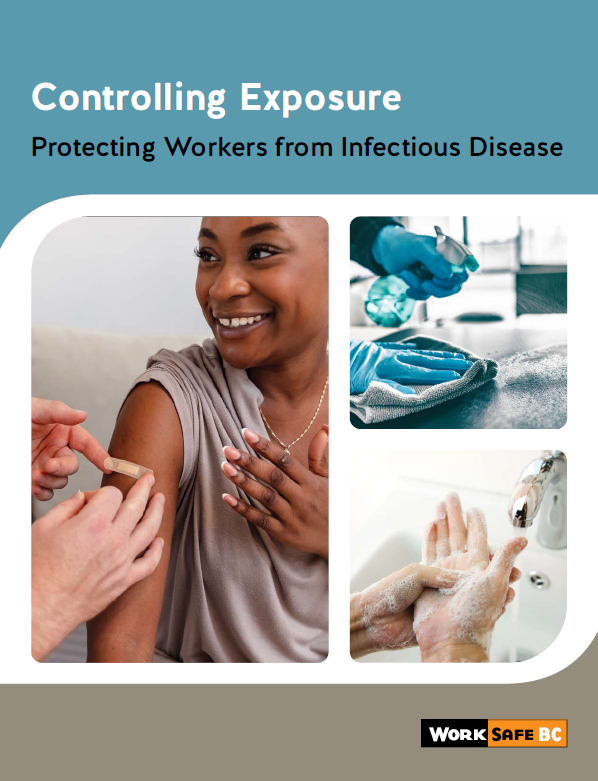Hantavirus
Hantavirus is transmitted through deer mice. While cases are rare, they can be serious — or even fatal.
- The risks
- How to reduce the risks
- Resources
The risks
Hantavirus is found in some field rodents. In B.C., it is typically deer mice. Exposure to hantavirus can happen if you breathe in the virus from an infected rodent's urine, saliva, or droppings. Hantavirus is more common in rural or semi-rural areas, but any area with a pest problem is a potential hazard.
While there is a risk of hantavirus in almost any environment, the greatest risk for exposure comes with:
- Sweeping out a barn or other farm building
- Cleaning a rural building, such as a cottage or shed
- Trapping and studying mice
- Using compressed air or "dry sweeping" to clean up wood waste in a sawmill or wood shop
- Handling grain that has been contaminated with mouse droppings or urine
- Entering a barn that's infested with mice
- Planting or harvesting field crops
How to reduce the risks
If a worker or workers could be exposed to Hantavirus, the employer must develop and implement an exposure control plan (ECP). This plan must identify the workers at risk of exposure and the controls required to protect those workers. These will be unique to each worksite and work environment. When choosing risk controls, consider the following questions. The questions are grouped according to type of control. The three applicable types of control are listed here in order of effectiveness.
-
1
Engineering controls
This is the most effective type of control. Engineering controls involve making physical modifications to control the hazard or reduce exposure. A question to consider:
- Have proper measures to control rodents been implemented?
-
2
Administrative controls
This type of control involves changing work practices and policies. Some questions to consider:
- Are safe work procedures in place?
- Does the worksite include proper hygiene and/or decontamination facilities?
-
3
Personal protective equipment (PPE)
This is the least effective type of control. When used, there must always be at least one other control in place as well. Some questions to consider:
- Are workers using respirators?
- Are workers using protective clothing and goggles and gloves?


